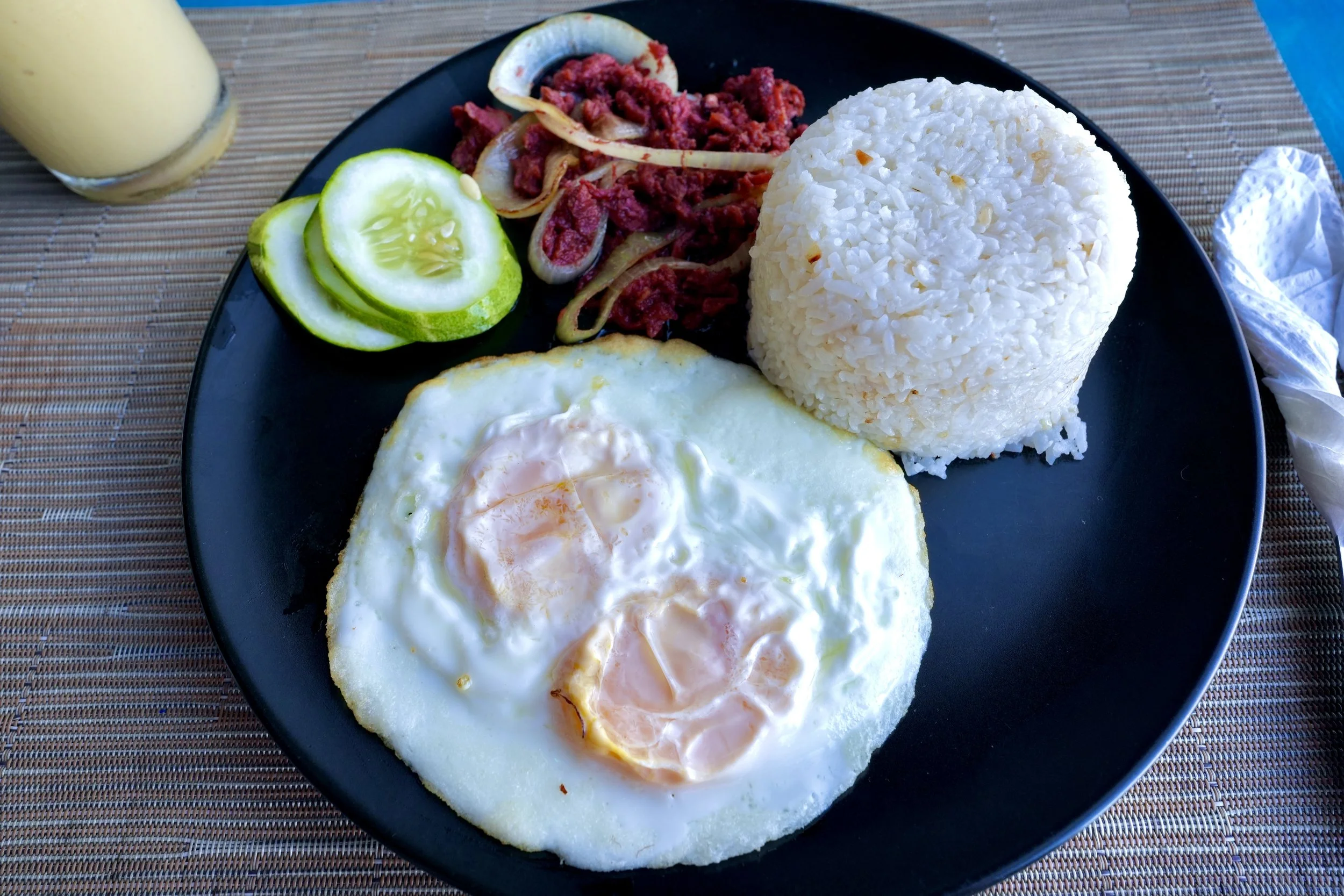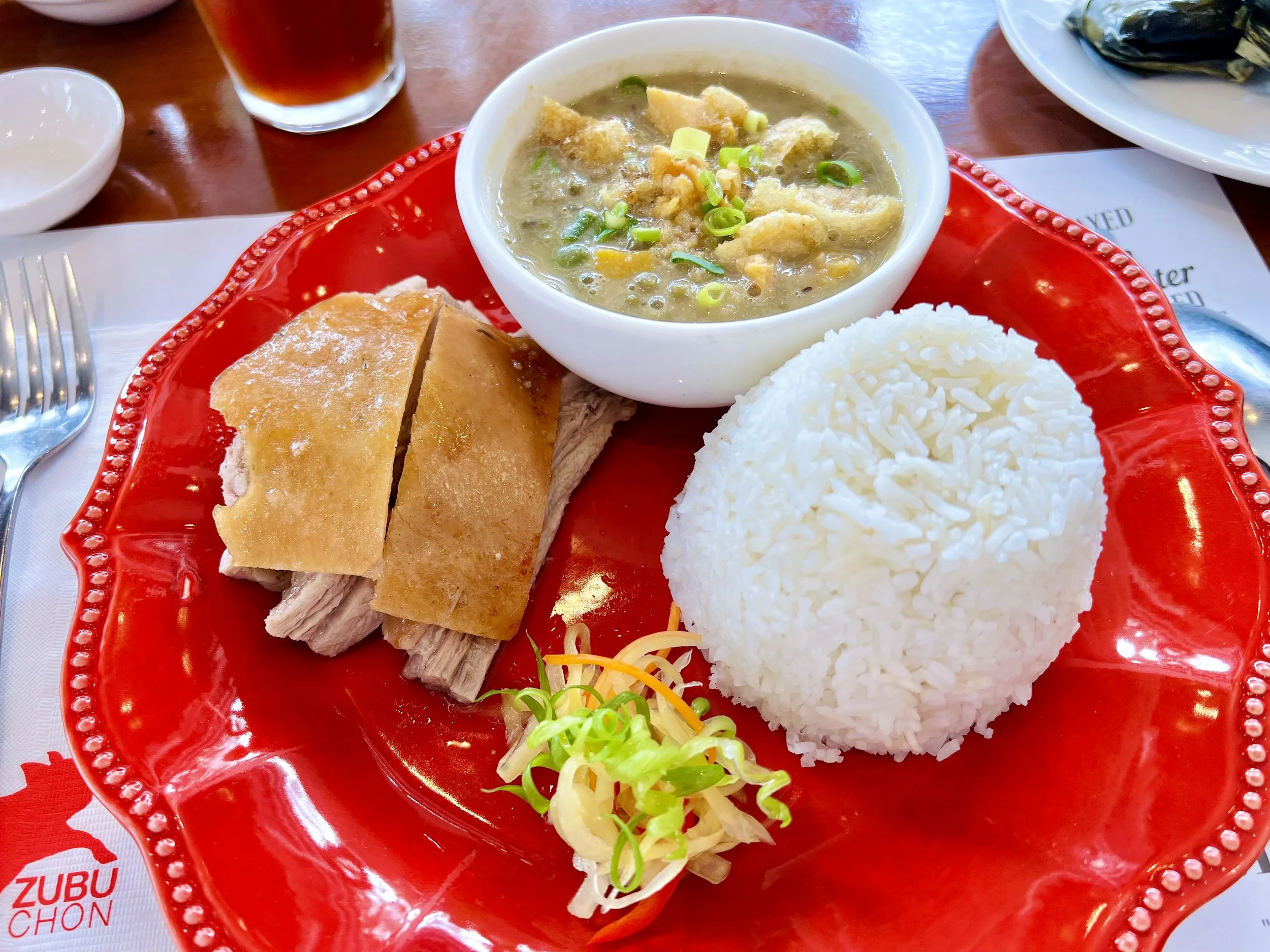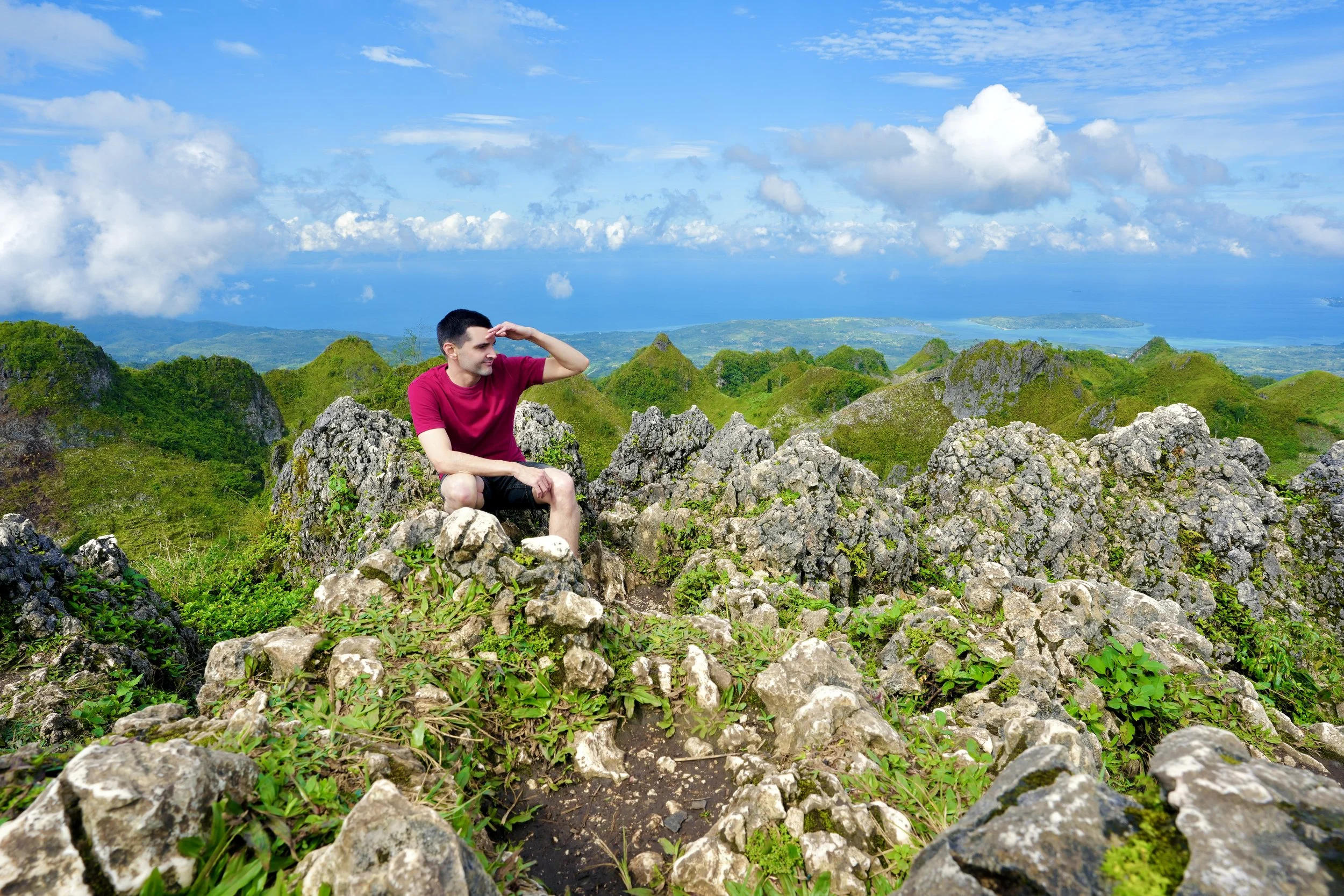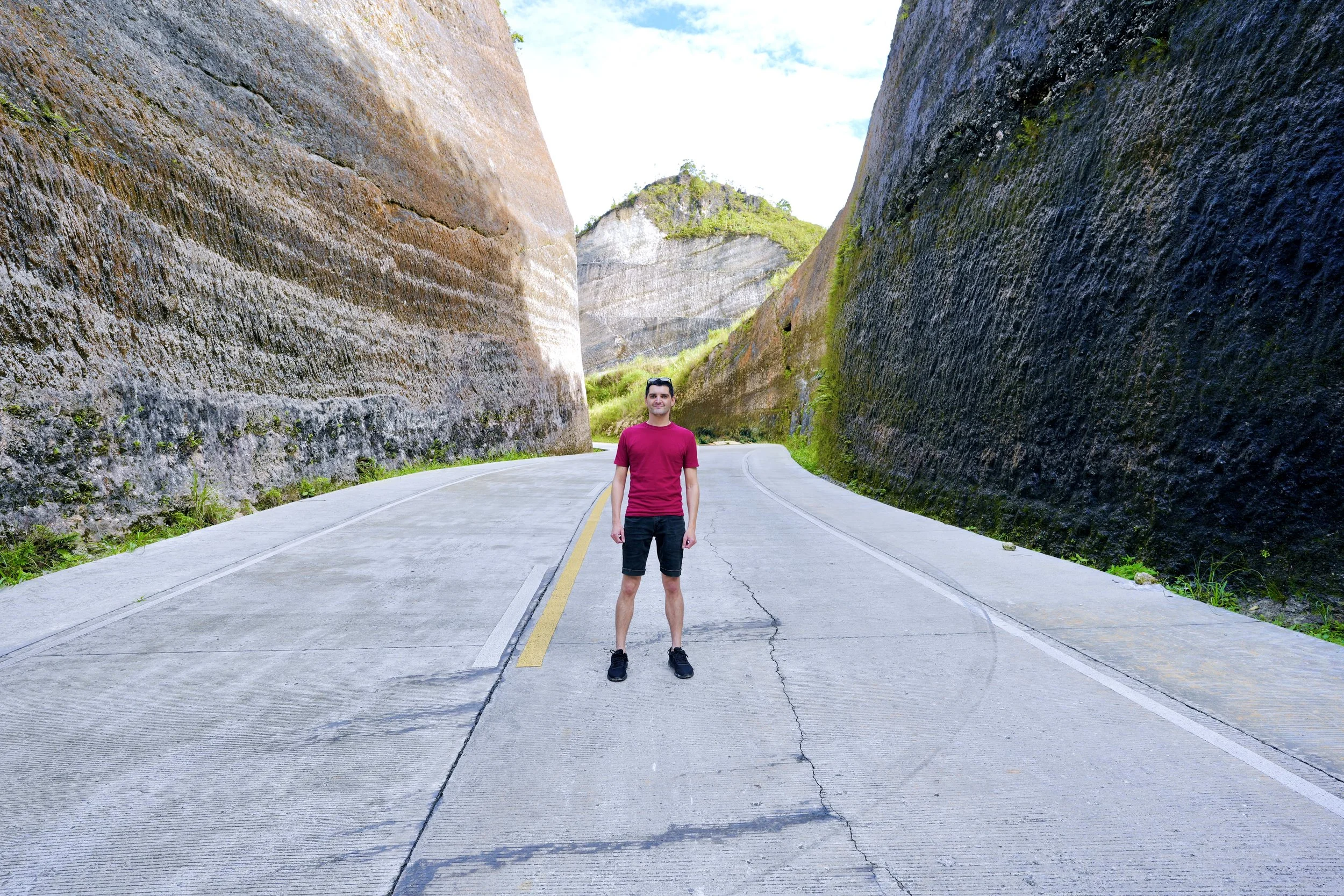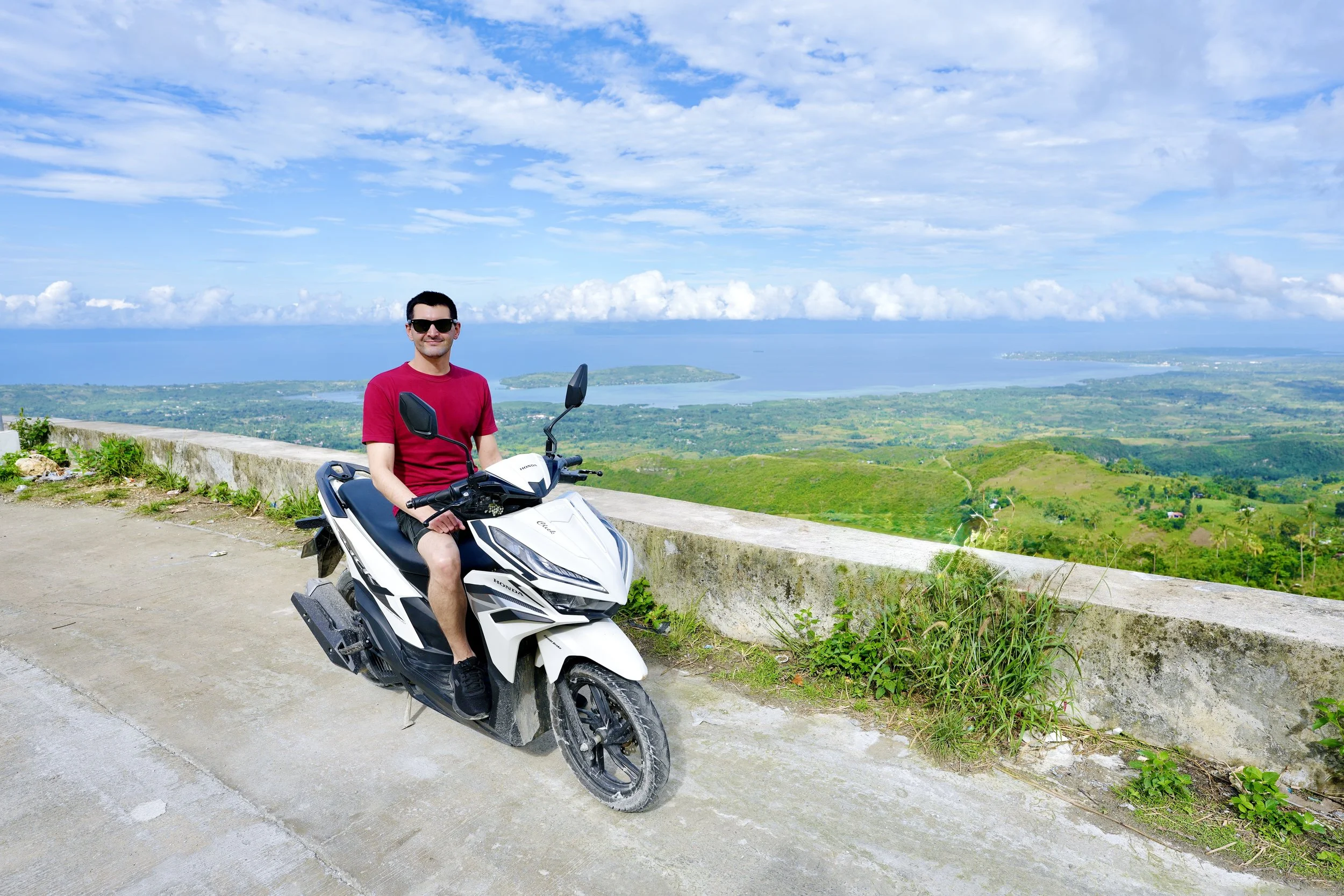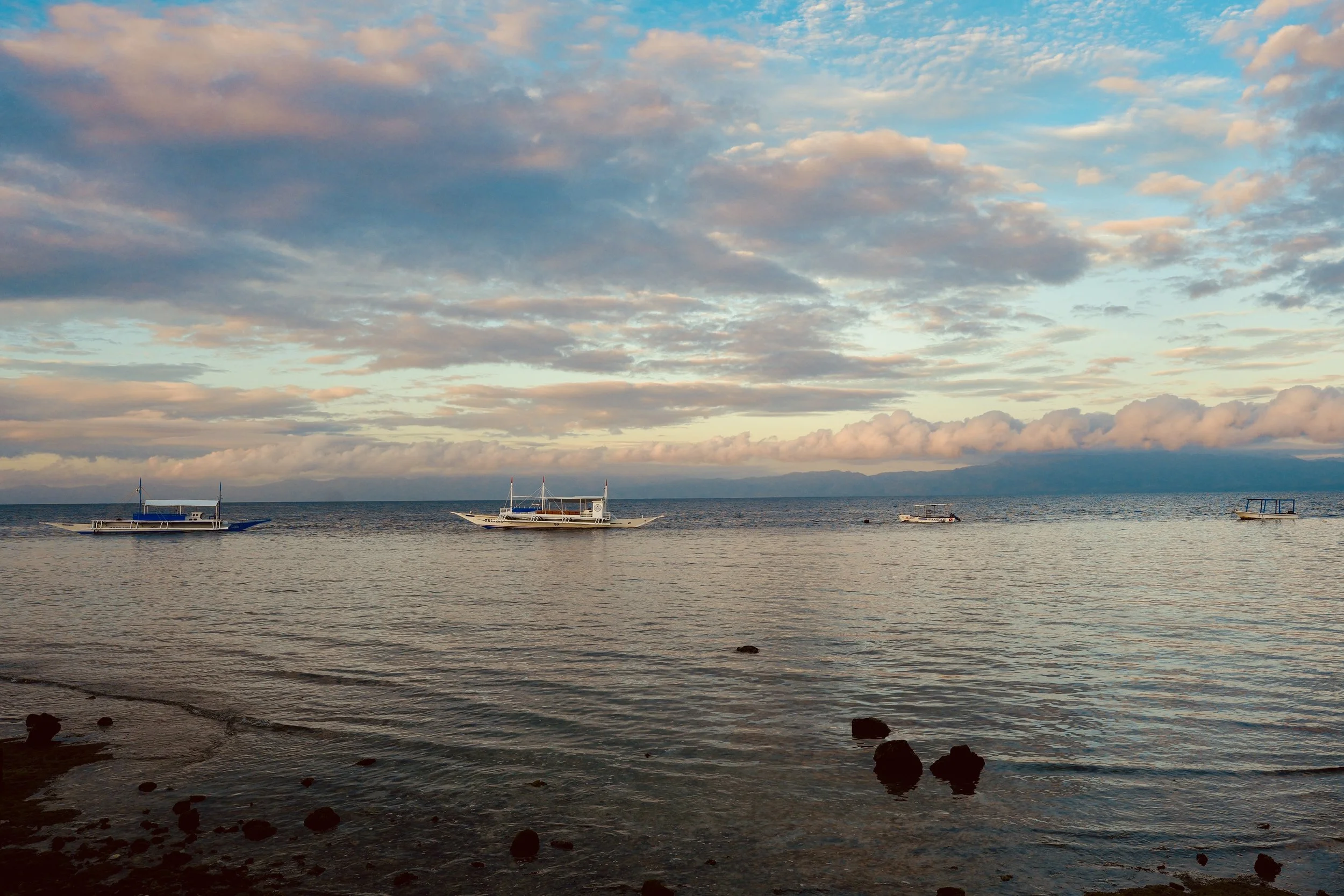First Impressions: The Islands in Motion — Cebu, Philippines
With over 7,600 islands scattered across the Pacific, the Philippines feels less like a single country and more like a constellation of worlds. My journey began on one of its brightest points — Cebu, the country’s oldest city and a crossroads of culture, history, and sea. Cebu greeted me not with chaos but with color and motion. Fishermen hauled nets along quiet shores as the morning light shimmered off the water. The hum of motorcycles and the chatter of markets blended into a kind of melody — a soundtrack for island life.
Meals were my first entry point into the culture. A simple breakfast of fried eggs and rice, or lechon — Cebu’s famous roasted pork — said more than any guidebook could. The flavors spoke of comfort, patience, and pride. In a place where the pace of life shifts like the tide, eating isn’t just nourishment; it’s participation in a story that began long before you arrived.
Lechon wasn’t just a meal; it was a conversation. In the restaurants and markets, people gathered around tables to share it — strangers who quickly became companions over plates of pork and rice. Food, here, is a language that doesn’t require translation.
When I left the city and headed south, Cebu’s geography revealed another side — rugged, green, and endlessly open. The road to Osmeña Peak, the island’s highest point, wound through hills and farmlands, eventually breaking into a panorama of jagged limestone ridges that seemed to rise straight from the sea.
From there, I rode along narrow coastal roads carved between rock walls — sheer cliffs that turned the landscape into an open-air canyon. Every turn offered a new vista, a glimpse of how deeply nature and motion intertwine here.
Traveling by scooter gave me freedom to chase horizons. In a place where the journey itself feels like part of the landscape, even the smallest ride became an act of exploration.
By the time I returned to Moalboal, the light was soft and the sea calm. Children played in the surf, and the day folded into quiet. Cebu was just my beginning — a brief stay, a first taste — but it taught me what the Philippines does best: balance. Between land and sea, noise and silence, movement and stillness. It’s a country that invites you to slow down, not because it moves slowly, but because it moves deliberately.
To see more photos & videos from my travels visit the links below
happy traveling,
~Sean

